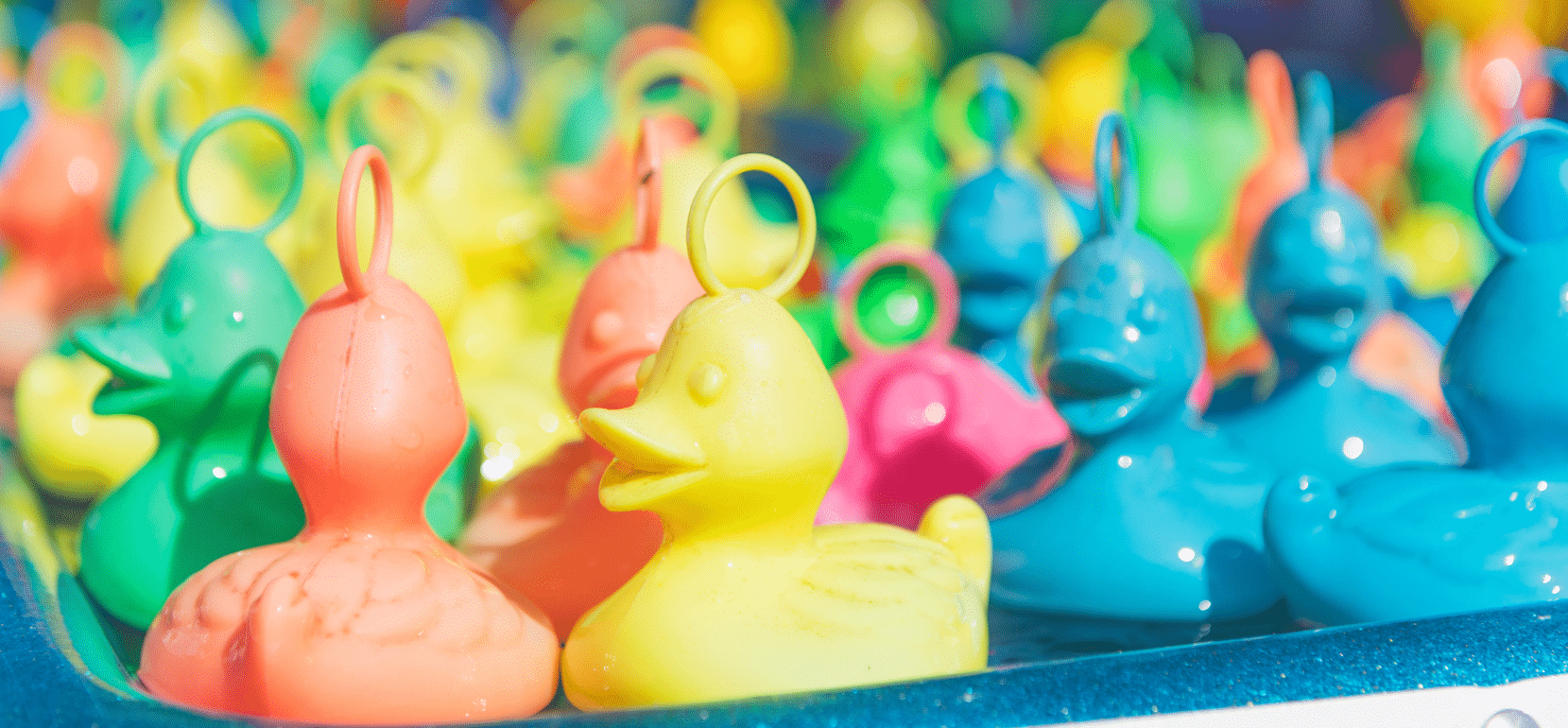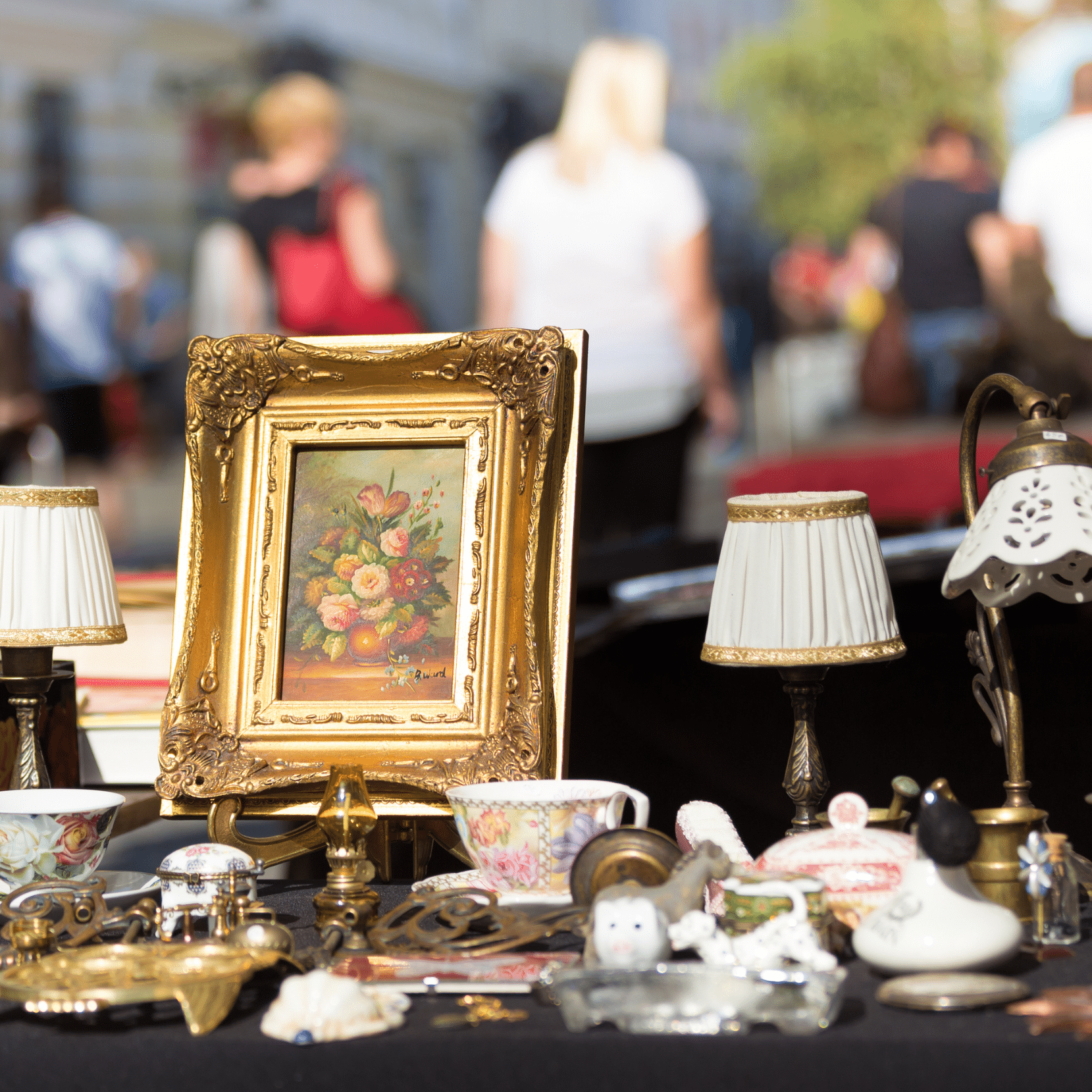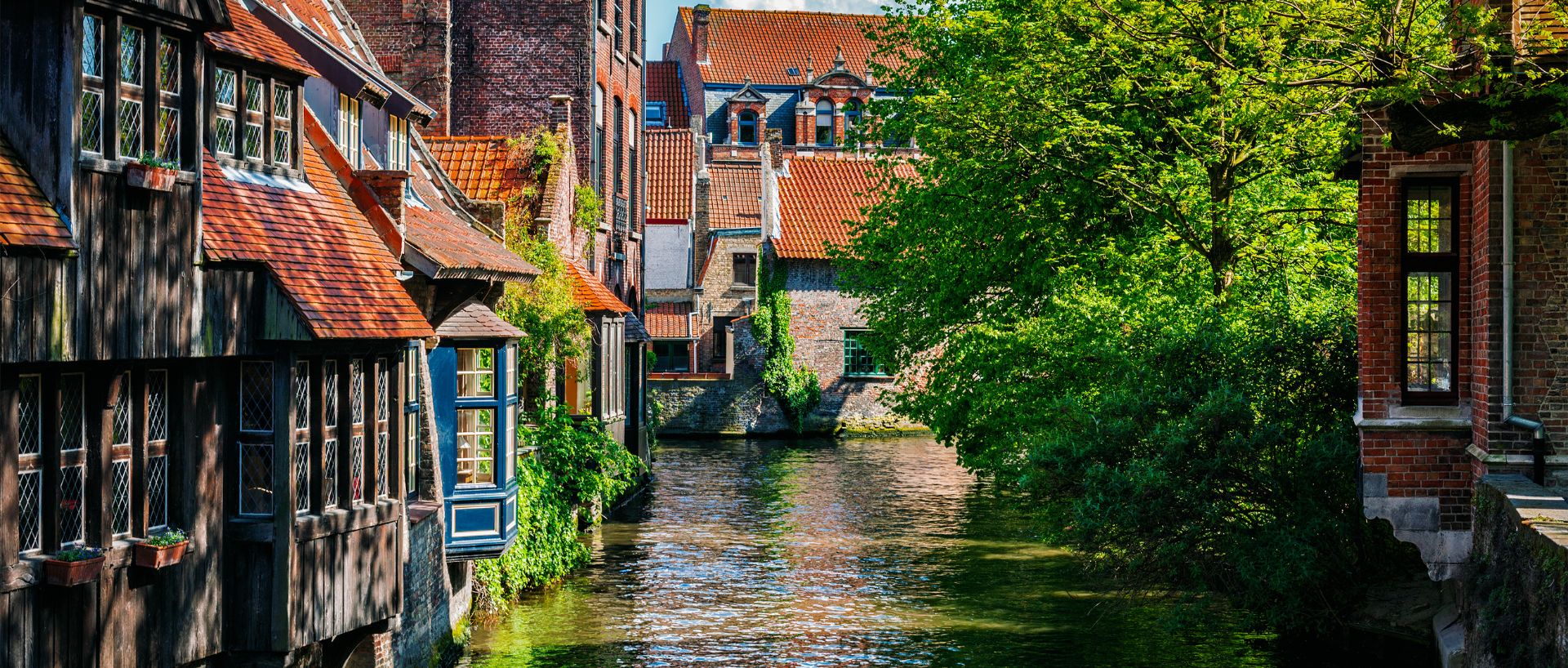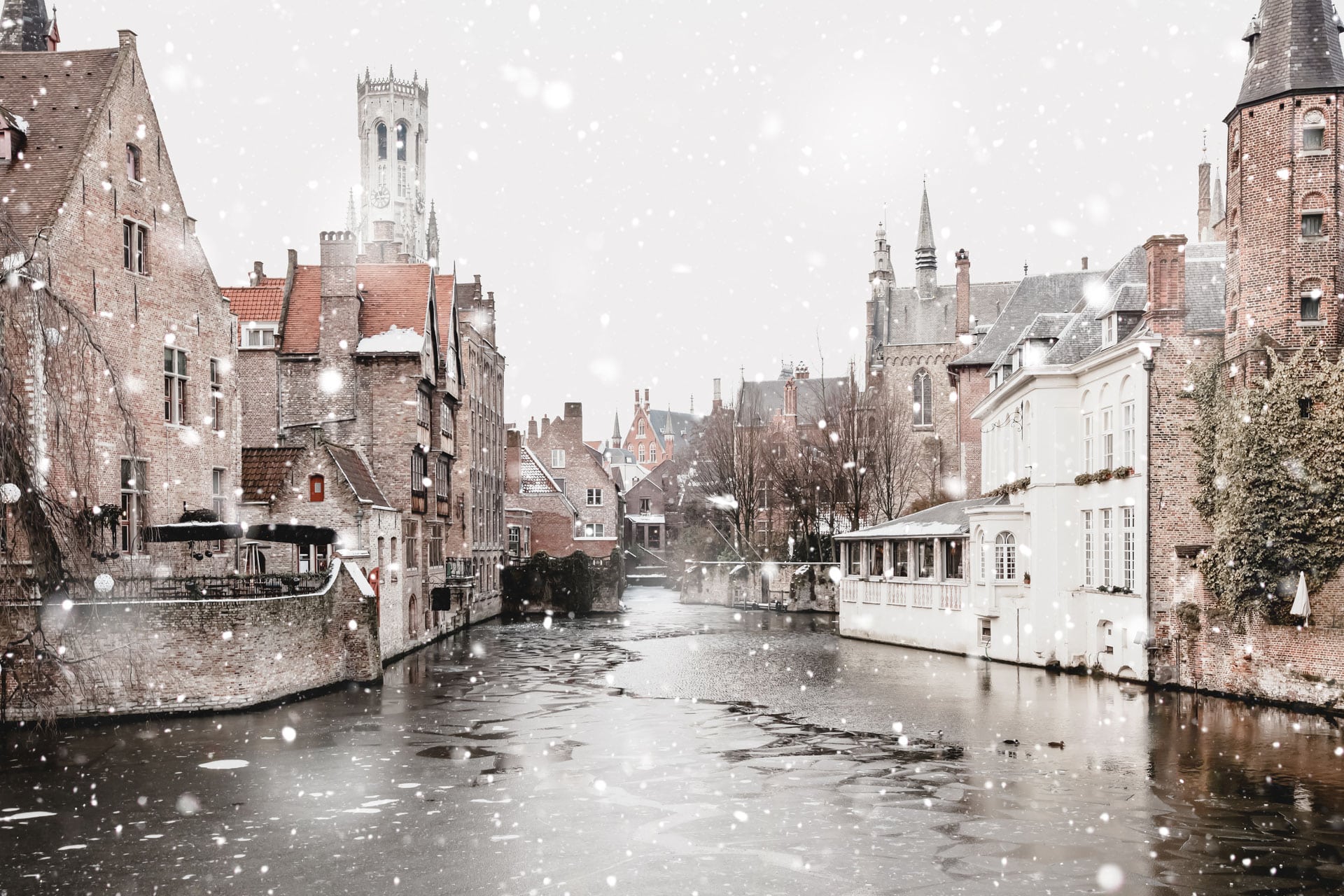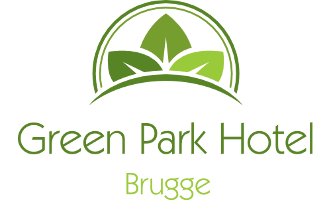When you think of Belgium, chances are you think of waffles, chocolate, beer and beautiful bridges. However, one product has been a staple of Belgium tradition and history for many hundreds of years – lace. In the 16th Century, the city of Bruges adopted a tradition of weaving lace into thousands of shapes and patterns, contributing to Belgium’s textile industry success across the world. A trip to Bruges will teach you so much about the passion and skill, alongside the textile history of the area – a must for lovers of lace and fashion.
Why Bruges?
Bruges is located close to the sea with plenty of rivers and ports. The strategic advantage was the central port that made the city popular for shippers delivering textiles from the UK and other countries. By the 13th Century, Bruges was the epicentre of Europe’s textile trade. The large volume of textiles moving into and out of the area meant that Bruges developed a rich fashion industry, which paved the way for the development of its unique lace industry. Bruges residents became fond of high-quality clothing and its skilled residents used unique ways to show their wealth and creativity.
Bruges Lace
The demand for new techniques and designs led to the development of over 1,500 kinds of lace, woven from silver, gold and silk. Bruges has a very unique way to weave its lace, using small looms which originated in Ancient Rome. Since those times, Belgium’s provinces developed many techniques for weaving lace, earning Belgium the nickname “The Home of Lace”. Today, there are two ways to weave lace used in Belgium. The Brussels Method – made using bobbins, and the Bruges Method which uses a loom. One of the most impressive and historically significant lace products to come from Bruges was a magnificent lace coverlet, full of technical innovation, which was made for Archduke Albert’s wedding in 1599. At one time, a quarter of all the women in Bruges were lacemakers.
Traditional Lace Weaving
Dotted throughout the city, you’ll find little lace shops selling handmade pieces. More often than not, these shops are run by older women who continue to weave lace by the traditional bobbin method. These artisans and textile artists preserve the centuries-old tradition and produce quality lace items of various fabrics, colours and patterns. The traditional method uses no motorised machines or technology – simply a person following an original paper pattern and weaving by hand. These very special items do not lend themselves to mass production and you’ll never find quality or workmanship like this from a factory. In fact, Belgium values its lace trade so much, you won’t find a lace factory anywhere in the country!
The Lace Centre
If you’d like to have a go at making some of our famous Bruges Lace, you can.
The new Lace Museum offers courses where experienced and enthusiastic lace-makers will teach you the finest tricks of the trade. The story of Bruges lace is told on the ground floor of the Lace Museum alongside multimedia installations and testimonies from international lace experts that help to explain the process. Demonstrations and courses are in the lace workshop on the second floor. The museum shows several unique pieces of lace from the prestigious Bruges collections. It’s a fascinating place to visit for lovers of fine textiles and crafts.
You can also enjoy a lace-inspired walk or guided tour which introduces you to contemporary and traditional lace and takes you to the old lace schools in the St Anna District of the city. Many visitors team the Lace Centre with a visit to the nearby
Folk Museum (Volkskundemuseum) which provides a fascinating insight into bygone Bruges, with reconstructions of a schoolroom, shops, and tavern, and displays of authentic costumes and children’s games.
Book a trip to Bruges and experience our fantastic textile and fashion heritage for yourself. Green Park Hotel Bruges offers a comfortable, flexible space to enjoy the city and its surrounds. You’ll find our best available rates exclusively on our website. We look forward to welcoming
